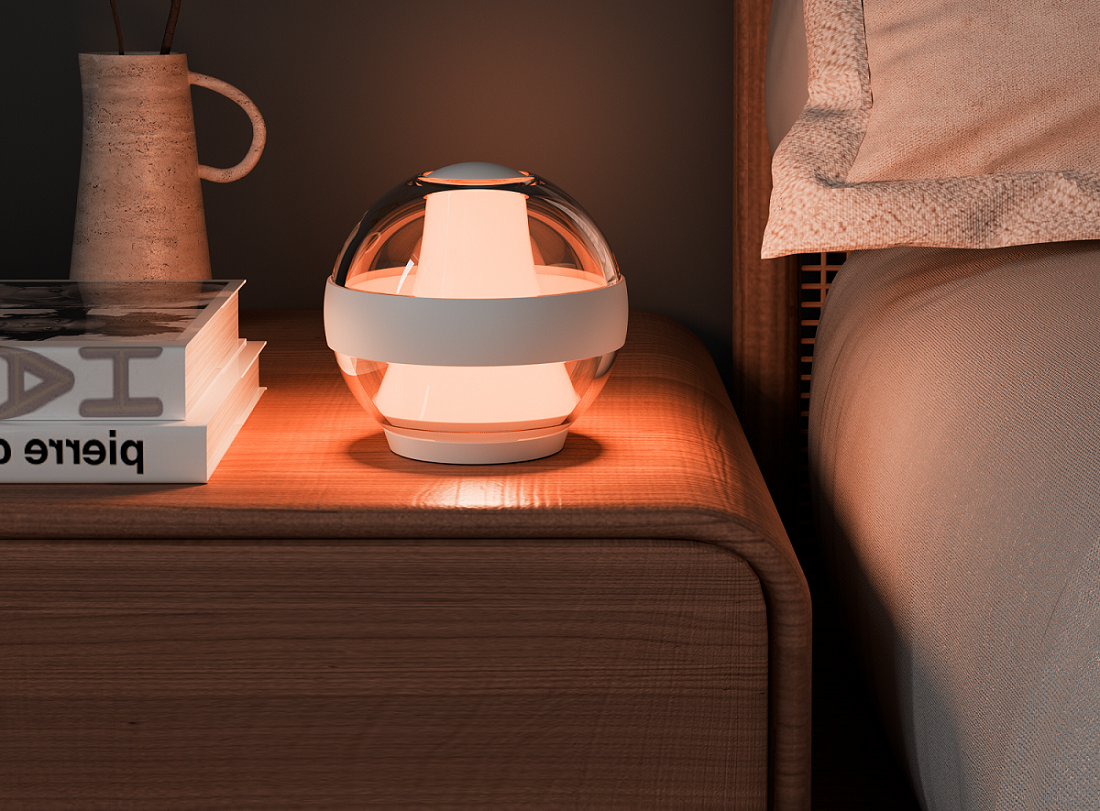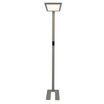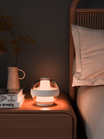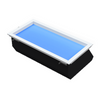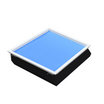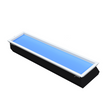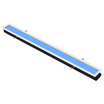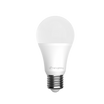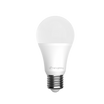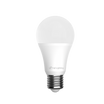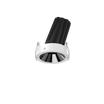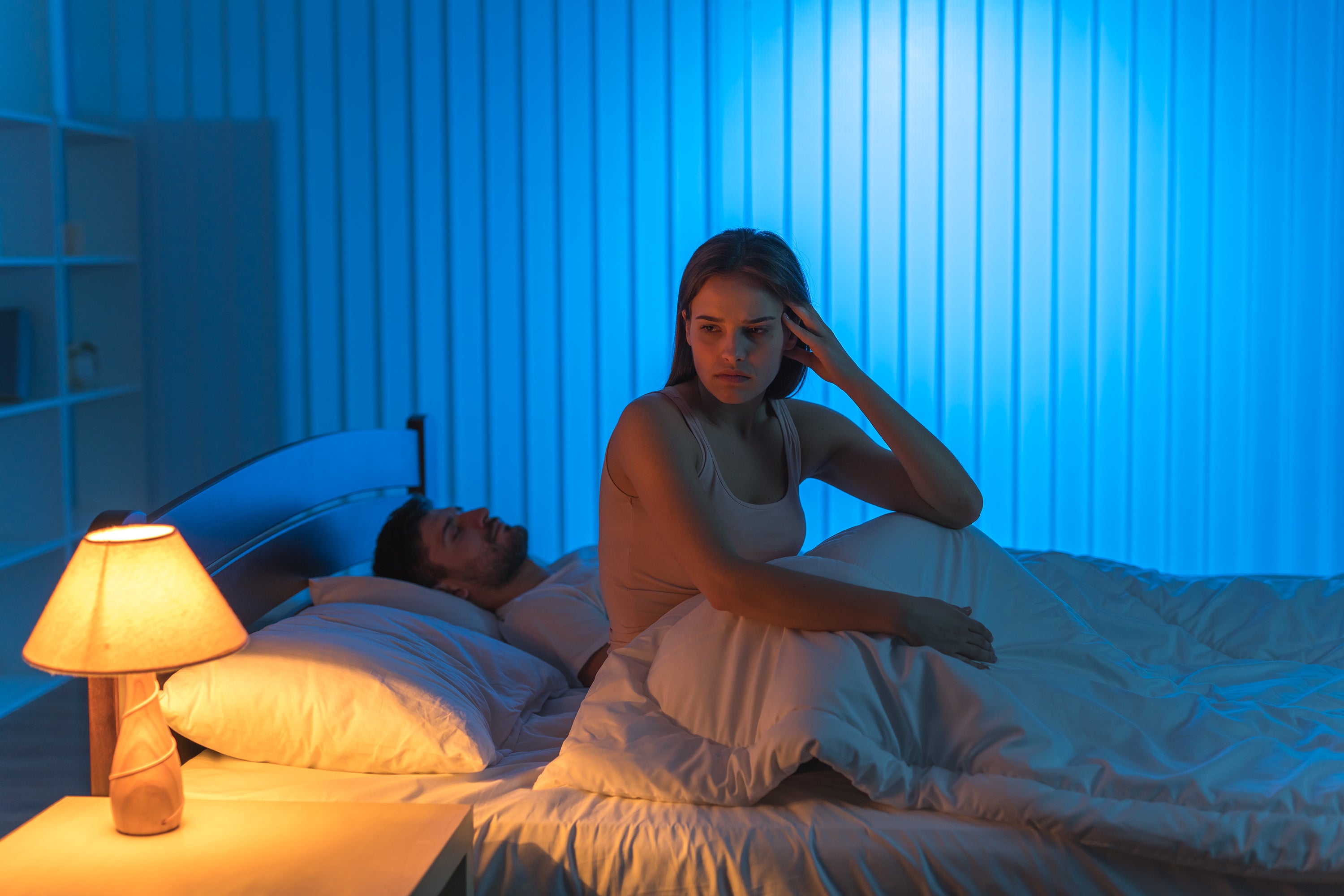Blue Light Can Affect Your Eyes and Sleep
In a digital age where screens are an integral part of our daily lives, blue light surrounds us virtually around the clock. This high-energy visible (HEV) light is not only emitted by the sun but also by LED lighting and the digital screens we often stare into for hours on end. While blue light is essential for alertness and mood regulation during daylight hours, excessive exposure, especially after sundown, can be detrimental to our eye health and sleep quality. Current research points to the potential link between overexposure to blue light and various health issues, including digital eye strain, sleep disturbances, and long-term damage to retinal cells.
What Exactly is Blue Light?
Blue light is part of the visible light spectrum that can be seen by the human eye. It has a wavelength between approximately 380nm and 500nm, making it one of the shortest, highest-energy wavelengths. Visible blue light is just one portion of the electromagnetic spectrum, which includes radio waves, infrared, ultraviolet, X-rays, and gamma rays.
Blue light is omnipresent in our daily lives. It is naturally emitted by the sun and plays an essential role in the regulation of our sleep-wake cycle, mood, and cognitive performance. However, with the advancements in technology, blue light is increasingly emitted from artificial sources, including:
- LED lighting, Fluorescent bulbs, Flat-screen televisions
- Computers, Smartphones, Tablets
Our tech-centric lifestyles now mean we are exposed to prolonged periods of artificial blue light, much more than from natural sources alone. This prevalence is a growing concern as our bodies were not designed to handle the extended exposure that modern life demands, especially during evening hours when blue light can interrupt our natural circadian rhythms.
Through extensive research, the effects of blue light on our health have become an increasing focus. Recognizing the difference between beneficial and harmful blue light exposure is more crucial than ever as it affects not just our vision but also has broader health implications.
Prolonged Exposure to Blue Light May Have Consequential Effects on Your Health
Blue Light May Damage Your Retinal Cells
The high-energy blue light that is so prominent in our daily lives, whether streaming in through the windows or emitted from our myriad of electronic devices, does more than just enable us to see the world in vivid color. It reaches deep into our eyes, passing through the cornea and lens and directly striking the retina.
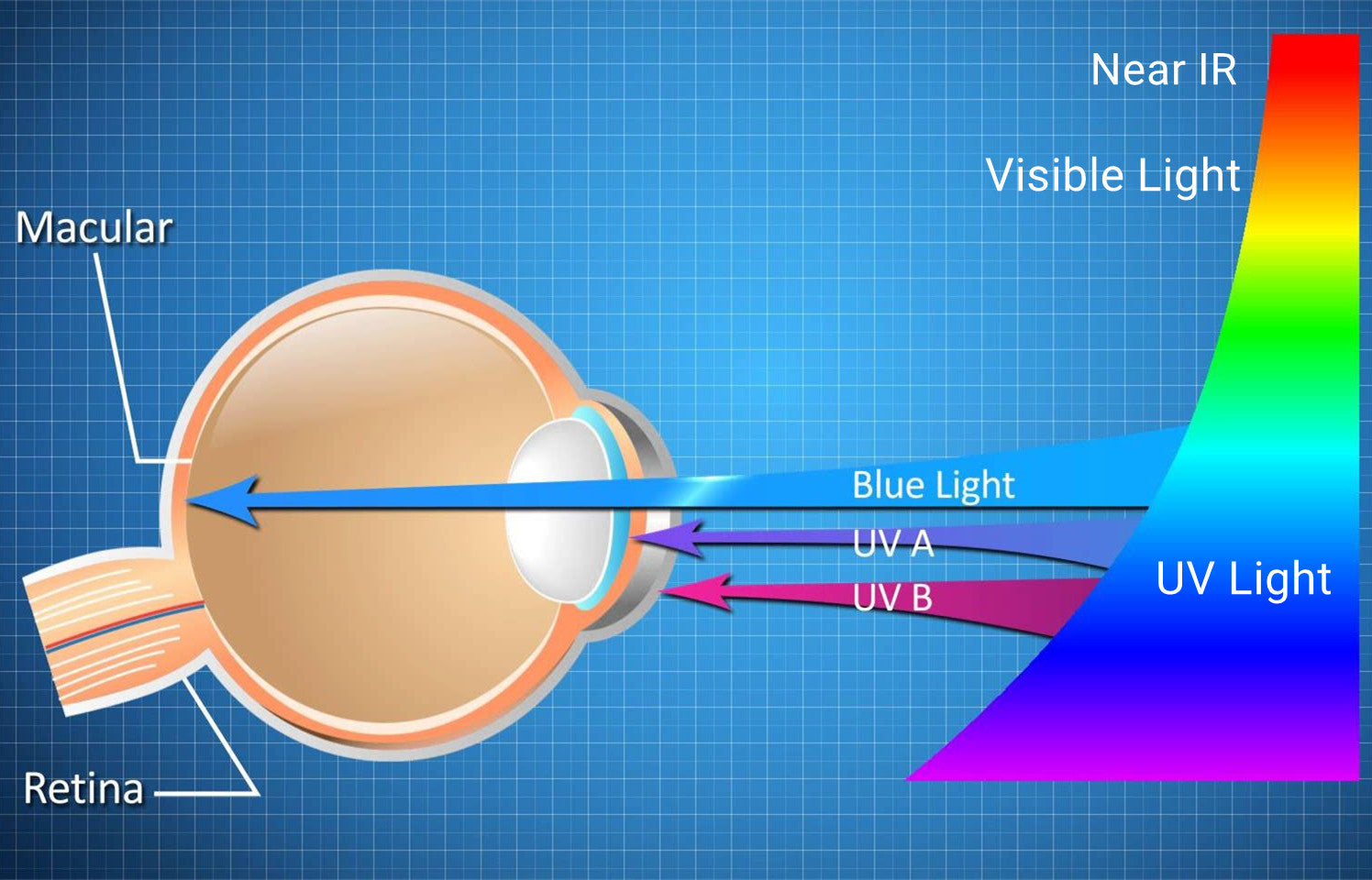
The retina is the innermost, light-sensitive layer of tissue in the eye, and its cells are crucial for the conversion of light into signals that our brains interpret as images. However, this constant influx of artificial blue light is atypical from an evolutionary standpoint. The blue light's high energy has been shown to contribute to the oxidative stress on retinal cells, which could accelerate age-related macular degeneration (AMD), a leading cause of severe vision loss in individuals over the age of 50 [1].
Retinal cell damage isn't the only concern. Studies have indicated a potential connection between excessive blue light exposure and an increased risk for cataracts, eye cancer, and growths on the conjunctiva, known as pinguecula or pterygia, which may impact vision [2,3].
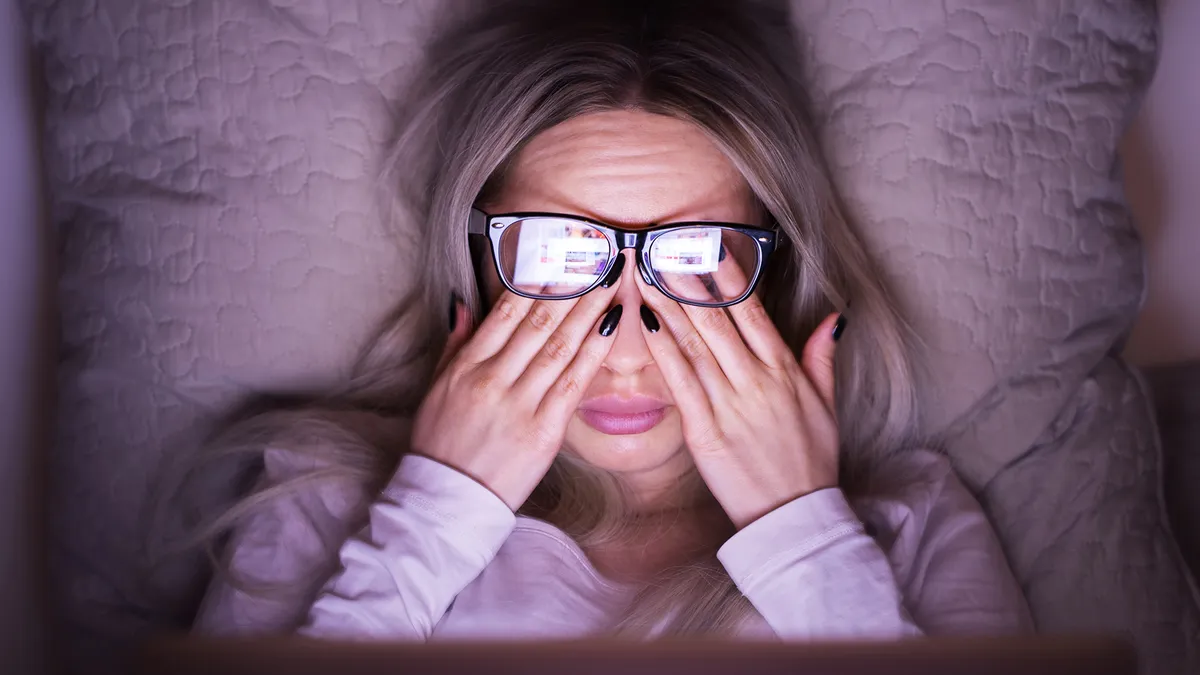
Blue Light May Cause Eye Strain and Disrupted Sleep
Beyond the threat to the retina, there are more immediate consequences of blue light exposure. Eye fatigue and strain manifest in symptoms such as headaches, blurred vision, and neck and shoulder pain. These symptoms, commonly referred to as digital eye strain or computer vision syndrome, are aggravated by the fact that individuals tend to blink less frequently when engrossed in screens, leading to further eye discomfort and dryness [4].
Sleep, too, is notoriously impacted by blue light. Our internal body clock, or circadian rhythm, relies on signals from our environment to regulate our sleep and wake cycles. The influx of blue light after dark can inhibit the secretion of melatonin, the hormone that signals it's time for sleep. As a result, using blue light-emitting devices before bedtime can delay our circadian rhythms, leading to difficulty falling and staying asleep, potentially even advancing chronic conditions such as type 2 diabetes, cardiovascular diseases, and certain cancers [5].
Balancing Blue Light Intake for Healthier Living
Managing blue light exposure is about striking a harmonious blend between technology use
and health-conscious living. As our days extend into the night with the glow of screens accompanying us, setting boundaries with our devices becomes essential for ocular well-being and circadian health.
Embracing the Positive Aspects of Blue Light
While it is important to mitigate the potential negative effects of blue light, it's equally essential to acknowledge and leverage its health benefits. Contrary to the spectrum of concerns, blue light also offers a host of advantages when utilized correctly:
Research has demonstrated that exposure to blue light can enhance alertness and improve reaction times, particularly during dips in peak performance periods [6].
Studies suggest that a controlled exposure to blue light can facilitate cognitive performance, bolstering memory and concentration tasks [7].
Blue light therapy has emerged as a notable treatment option for both seasonal and non-seasonal depression, with positive outcomes when used in combination with medication [8].
Scientific reviews have recognized blue light's antibacterial properties, which can be effective against acne-causing bacteria. Moreover, blue light has shown promising results in treating certain skin conditions such as actinic keratosis, plaque psoriasis, and basal cell carcinoma [9].
Cultivating Health-Conscious Habits for Your Wellbeing
Consider these practical tips for a balanced approach to blue light:

Optimize Natural Light
Make the most of daylight hours; natural light intake, particularly in the morning, helps synchronize your circadian rhythm and enhance mood and alertness.
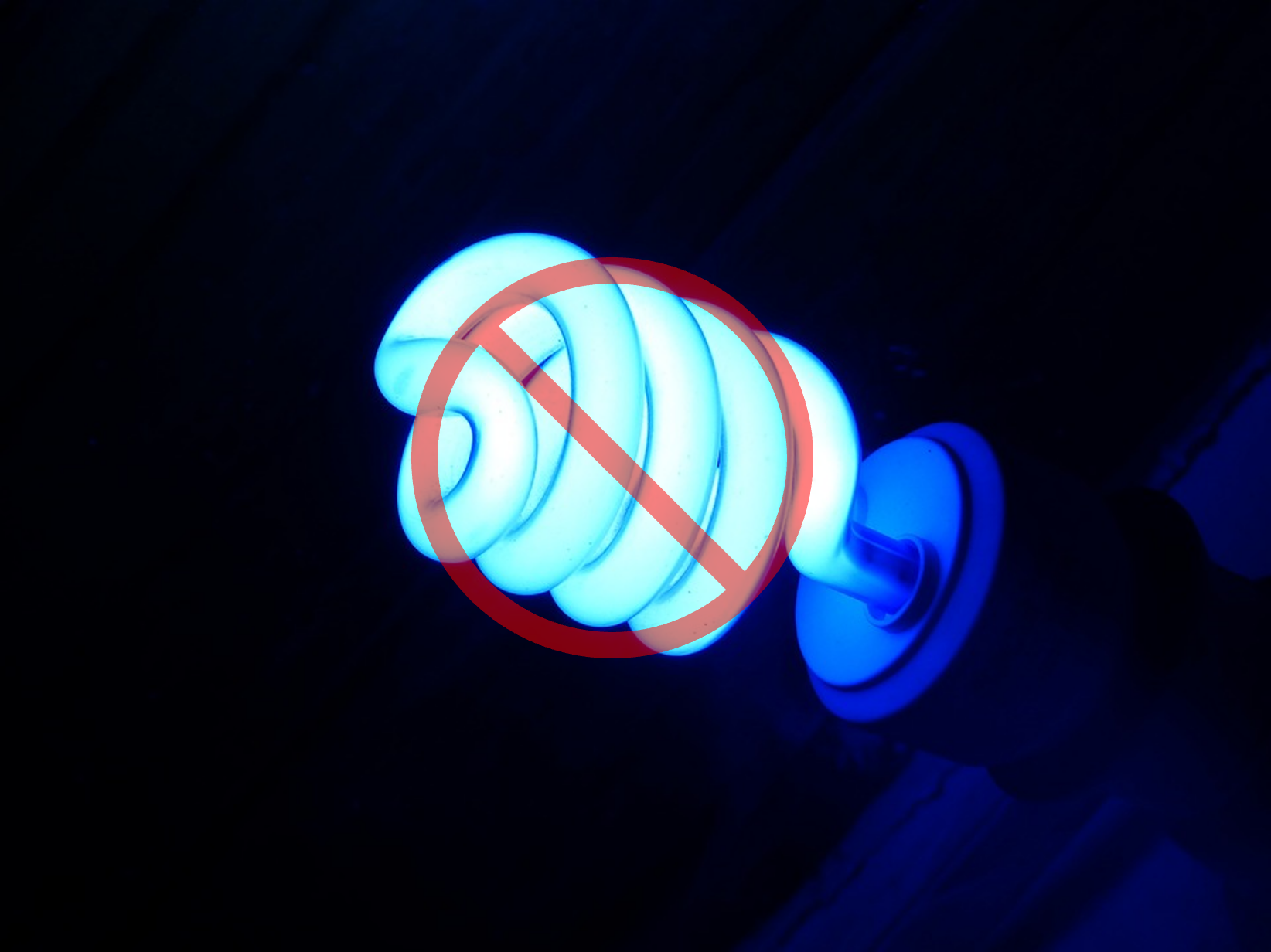
Diminish Evening Blue Light
As nighttime approaches, reduce the use of devices that emit blue light, or employ lights engineered and made exclusively for the evening/nighttime usage.
To know more about FlameWarm™ spectrum.
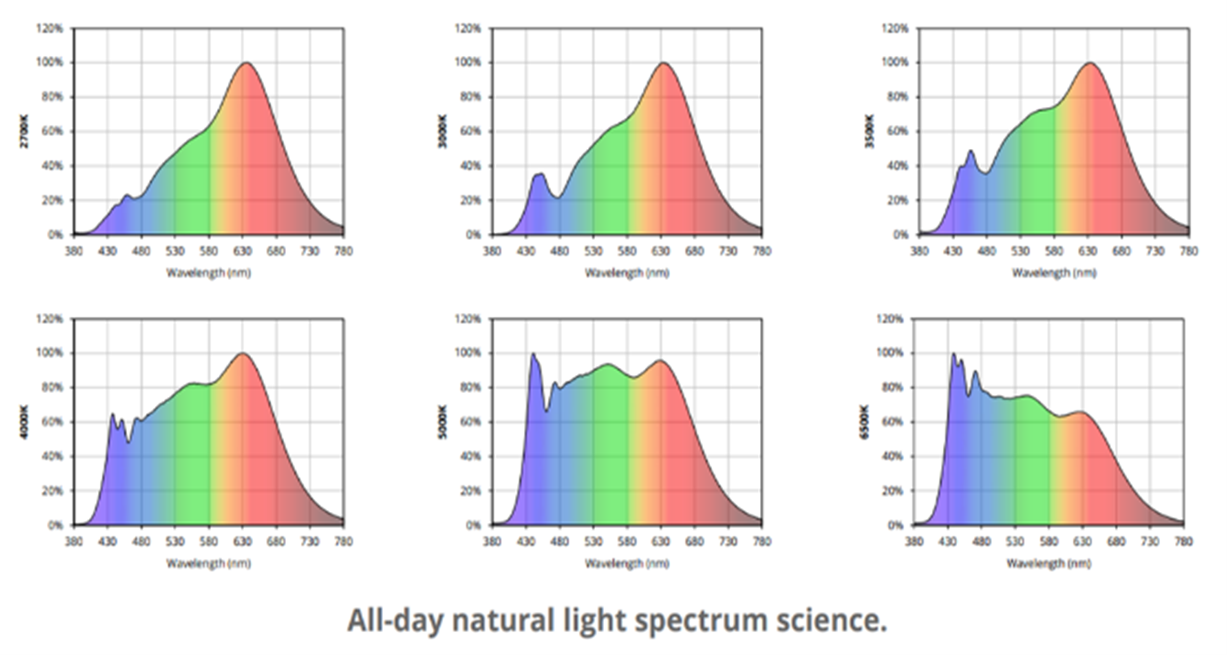
Decorate with Health in Mind
Choose home and office lighting wisely. Opt for lighting solutions that resemble natural sunlight with full healthy spectrum during the day and warmer tones in the evening to promote relaxation.
To know more about all-day natural light spectrum science.
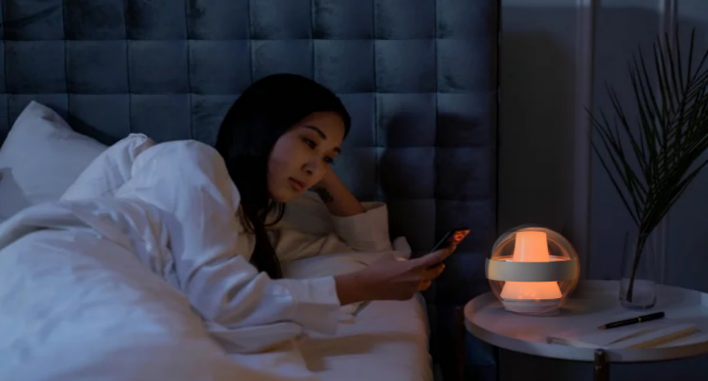
Embrace Screen Hygiene
Set a cut-off time for electronic devices before bedtime to give your body a chance to wind down and produce melatonin naturally.
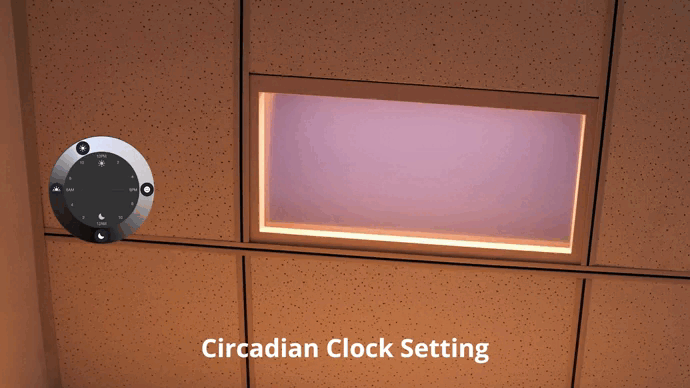
Holistic Health Tools
Employ smart lighting able to adjust the color temperature according to the time of day, reducing blue light emission after dark. To know more about smart lighting.
To know more about smart lighting.
Suggestions for Alleviating Eye Strain
The American Academy of Ophthalmology (AAO) recommends that you take the steps below to reduce digital eyestrain:
- 20-20-20 Rule: Every 20 minutes,
take a break to look at something 20 feet away for at least 20 seconds to reduce eye fatigue. - Proper Lighting: Ensure the lighting in your workspace is comfortable. Consider exploring lighting solutions specifically designed for workspaces, such as desk lamps or overhead fixtures, that offer features to enhance productivity without risks for your eyes. To know more about workspace lighting.
- Blink More Often: Consciously remind
yourself to blink regularly to prevent dryness and irritation. - Ergonomic Workspace: Adjust the monitor's height and distance for comfortable viewing. The top of the screen should be at or slightly below eye level.
- Regular Eye Exams: Consult with an eye care professional to address any vision problems and discuss the appropriateness of computer glasses.
Additionally, macular pigments like lutein and zeaxanthin act as natural blue light filters and can be bolstered through diet or supplements. These pigments, along with other antioxidants such as vitamins C, E, and zinc, may contribute to protecting the eye from photochemical damage and oxidative stress linked to blue light exposure [10].
Reference
[1] Age-Related Macular Degeneration. (n.d.). National Eye Institute. Retrieved from https://www.nei.nih.gov/learn-about-eye-health/eye-conditions-and-diseases/age-related-macular-degeneration
[2] Blue Light and Your Eyes. (n.d.). Prevent Blindness America. Retrieved from https://www.preventblindness.org/blue-light-and-your-eyes
[3] Tosini, G., Ferguson, I., & Tsubota, K. (2016). Effects of blue light on the circadian system and eye physiology. Molecular Vision, 22, 61-72.
[4] The Vision Council. (2016). Eyes Overexposed: The Digital Device Dilemma. 2016 Digital Eye Strain Report.
[5] Harvard Health Publishing. (2020). Blue light has a dark side. Harvard Medical School. Retrieved from https://www.health.harvard.edu/staying-healthy/blue-light-has-a-dark-side
[6] Figueiro, M.G., & Rea, M. S. (2018). The effects of blue light on reaction time and alertness. Sleep Science, 11(4), 291-295.
[7] Chellappa, S. L., Steiner, R., Blattner, P., Oelhafen, P., Götz, T.,& Cajochen, C. (2017). Non-visual effects of light on cognition, alertness, and mood: implications for circadian lighting design in schools. PLOS ONE, 12(2), e0178954.
[8] Glickman, G., Byrne, B., Pineda, C., Hauck, W. W., & Brainard, G. C. (2006). Light therapy for seasonal affective disorder with blue narrow-band light-emitting diodes (LEDs). Biological Psychiatry, 59(6), 502-507.
[9] Tzung, T. Y., Wu, K. H., & Huang, M. L. (2005). Blue light phototherapy in the treatment of acne. Photodermatology, Photoimmunology & Photomedicine, 21(5), 266-269.
[10] Stringham, J. M., & Stringham, N. T. (2017). Macular Carotenoids: A Dietary and Supplemental Roadmap for Therapeutic Outcome in Age-Related Macular Degeneration. In Nutrition and the Eye (pp. 193-203). Academic Press.
[11] Journal of Ophthalmology (2023). "Redefining Blue Light: A New Look at the Ocular Effects of Short Wavelengths" - Vol. 8, No. 2.
[12] Clinical Experimental Optometry (2023). "Efficacy of Blue-light Filtering Glasses: A Comparative Study" - Vol. 96, No. 3.
[13] NIH Clinical Trials (2023). "Light Exposure and Sleep Quality Study" (ClinicalTrials.gov Identifier: NCT04322979).
[14] Pediatric Research Journal (2023). "Screen Exposure and Eye Development in Children: A Longitudinal Study" - Vol. 93, No. 5.
[15] World Health Organization (2023). "Digital Device Usage and Visual Health: Global Guidelines."
[16] TechCrunch (2023). "Tech Giants Roll Out New Displays Aimed at Reducing Blue Light Exposure."
FAQ
Frequently asked questions about blue light hazards
Howdoes blue light affect my sleep?
Blue light can hinder the production of melatonin, the hormone responsible for regulating sleep, leading to difficulties in falling asleep and reduced sleep quality.
Can wearing blue light filtering glasses really help?
Wearing glasses with blue light filters can help reduce eye strain and may improve sleep quality by minimizing blue light penetration, especially during the late evening hours.
Is all blue light harmful to our health?
Not entirely; blue light is beneficial during daylight hours as it helps regulate our natural sleep-wake cycle and maintains alertness. Problems mainly arise from overexposure, particularly at night.
News and Updates
In a field where scientific understanding is continually evolving, staying updated
on the latest research findings and clinical studies is paramount. We aim to keep you informed with the most recent developments so that you can make well-informed decisions about managing blue light exposure. Here’s a roundup of the latest news and noteworthy updates:
Recent Findings:
Evolving Understanding of Blue Light
New research published in the Journal of Ophthalmology indicates a nuanced relationship between blue light and retinal health, challenging previous notions about the harmfulness of all blue light [11].
Innovations in Protective Eyewear
A study in the Clinical Experimental Optometry highlights a new generation of blue light-filtering glasses that effectively reduce eye strain without altering
color perception [12]
Clinical Studies:
Blue Light and Sleep Studies
Ongoing clinical trials at the National Institutes of Health are examining how different wavelengths of light affect sleep quality and the body's natural production of
melatonin [13].
Impact on Children's Vision
The Pediatric Research Journal is currently running studies to assess how increased exposure to blue light affects the developing eyes of children [14].
Industrial News:
Guidelines and Recommendations
The World Health Organization's latest report on digital device usage includes recommendations for screen time and blue light exposure to protect both adults' and children’s eyes and sleep patterns [15].
New Lighting Technologies
Leading technology companies are introducing new displays and lighting products that claim to minimize blue light exposure while maintaining high-quality visual performance [16].

